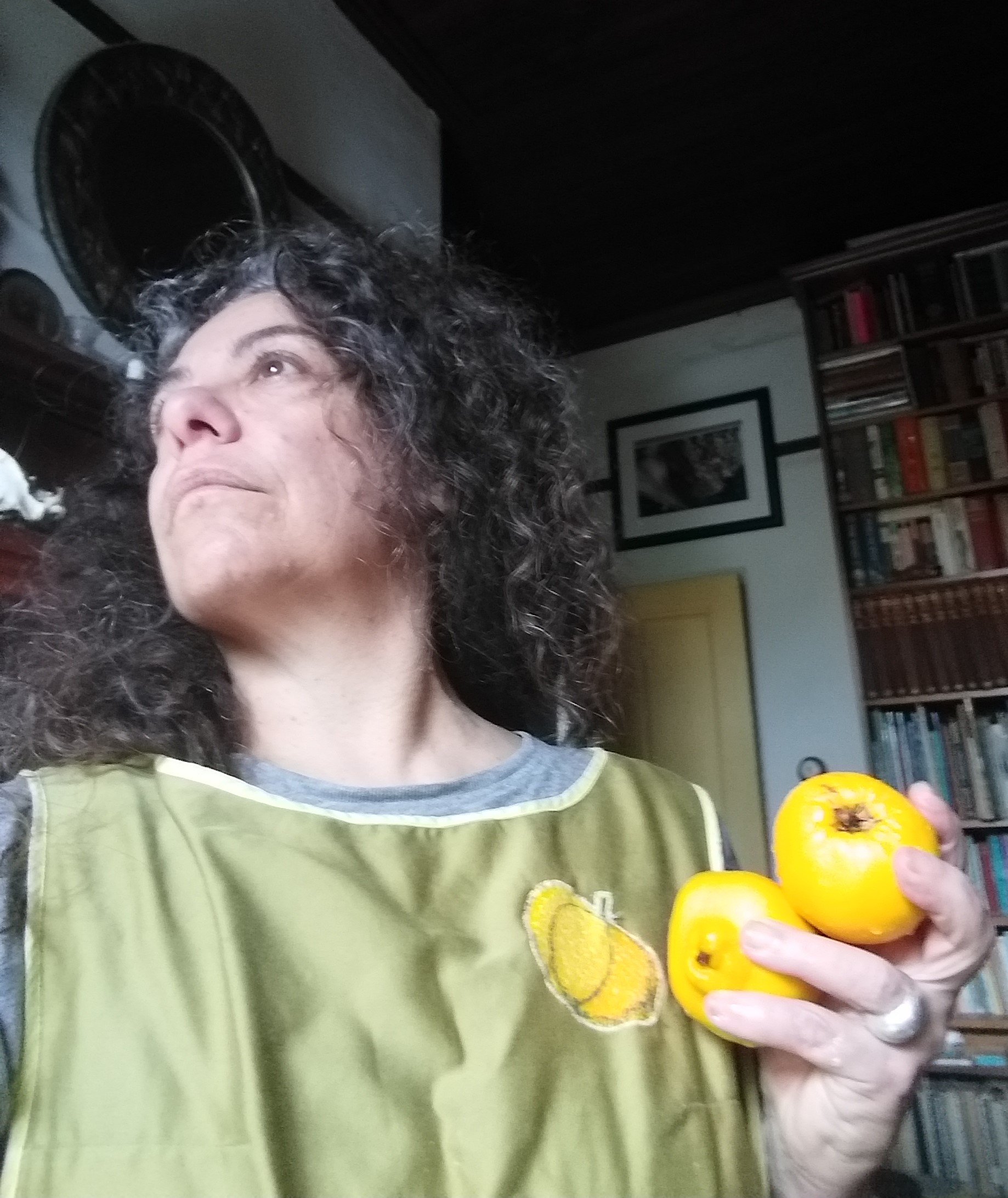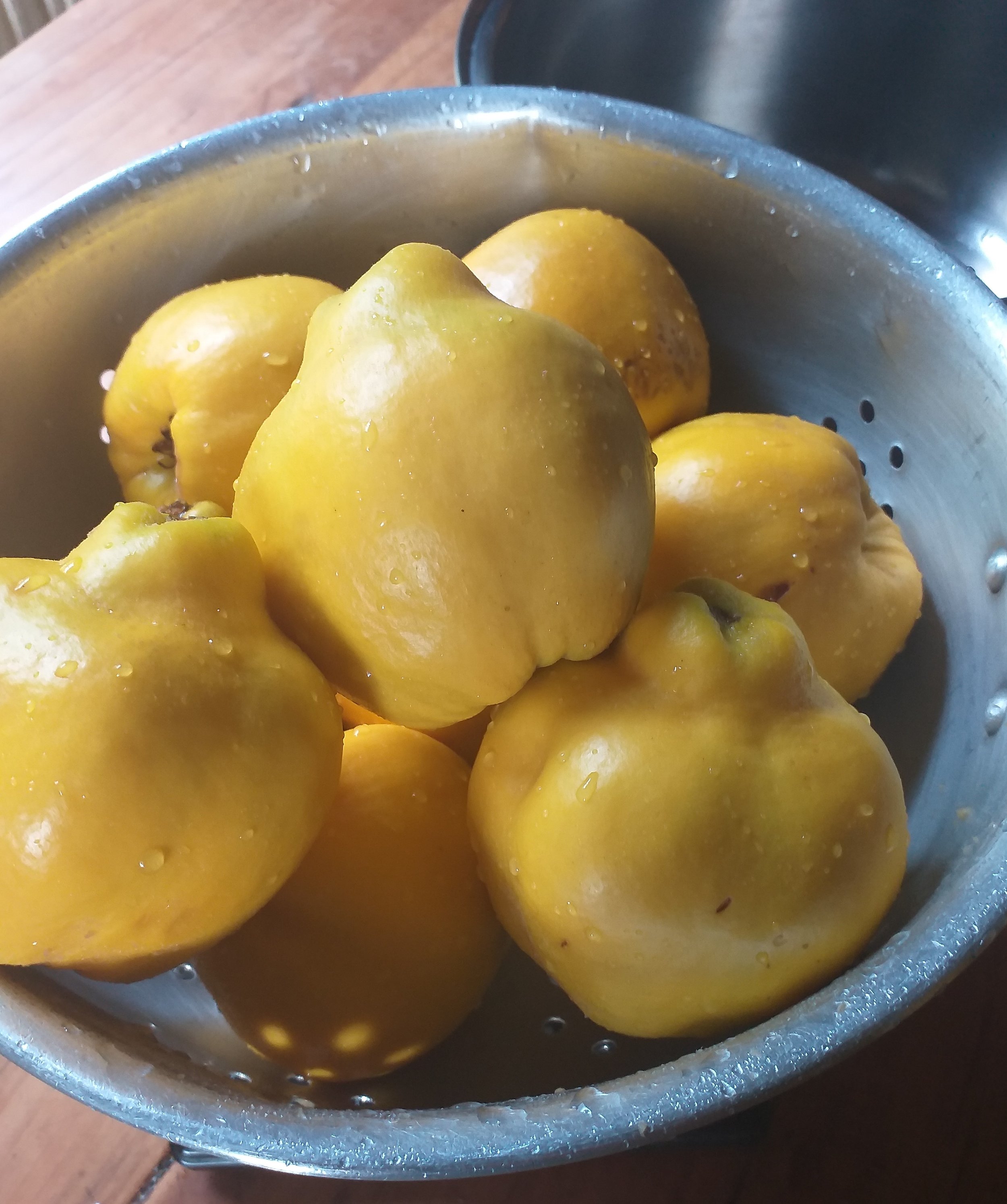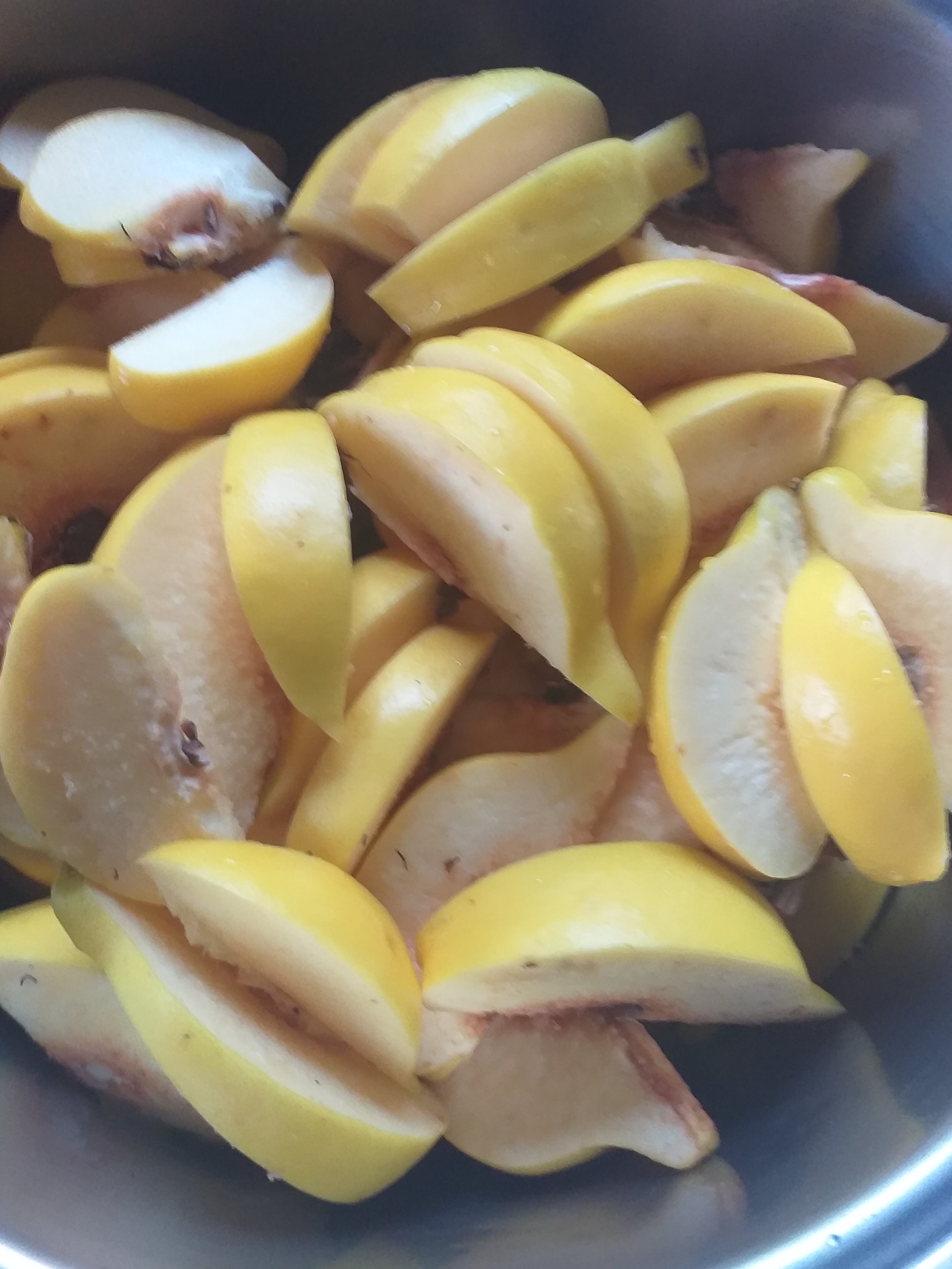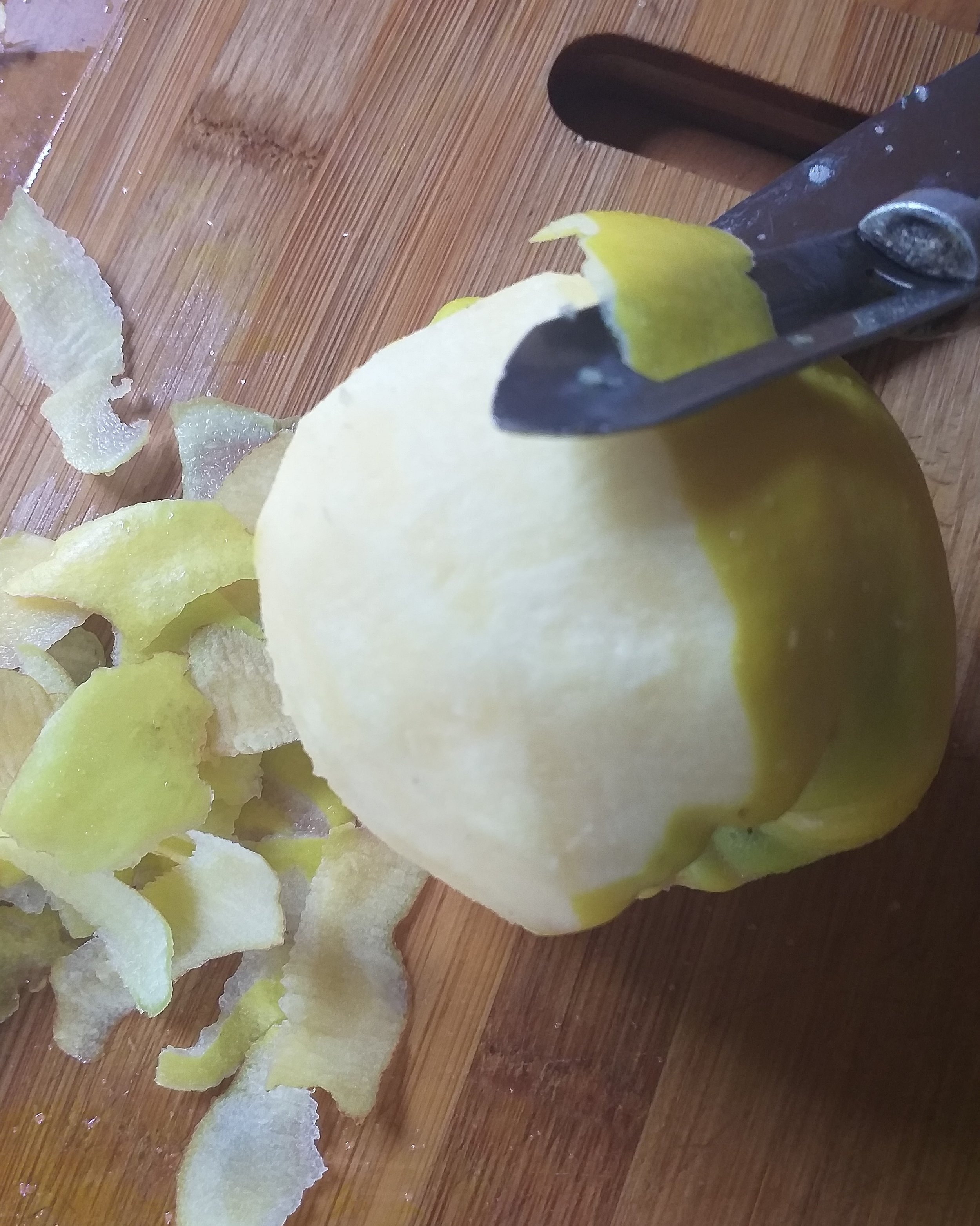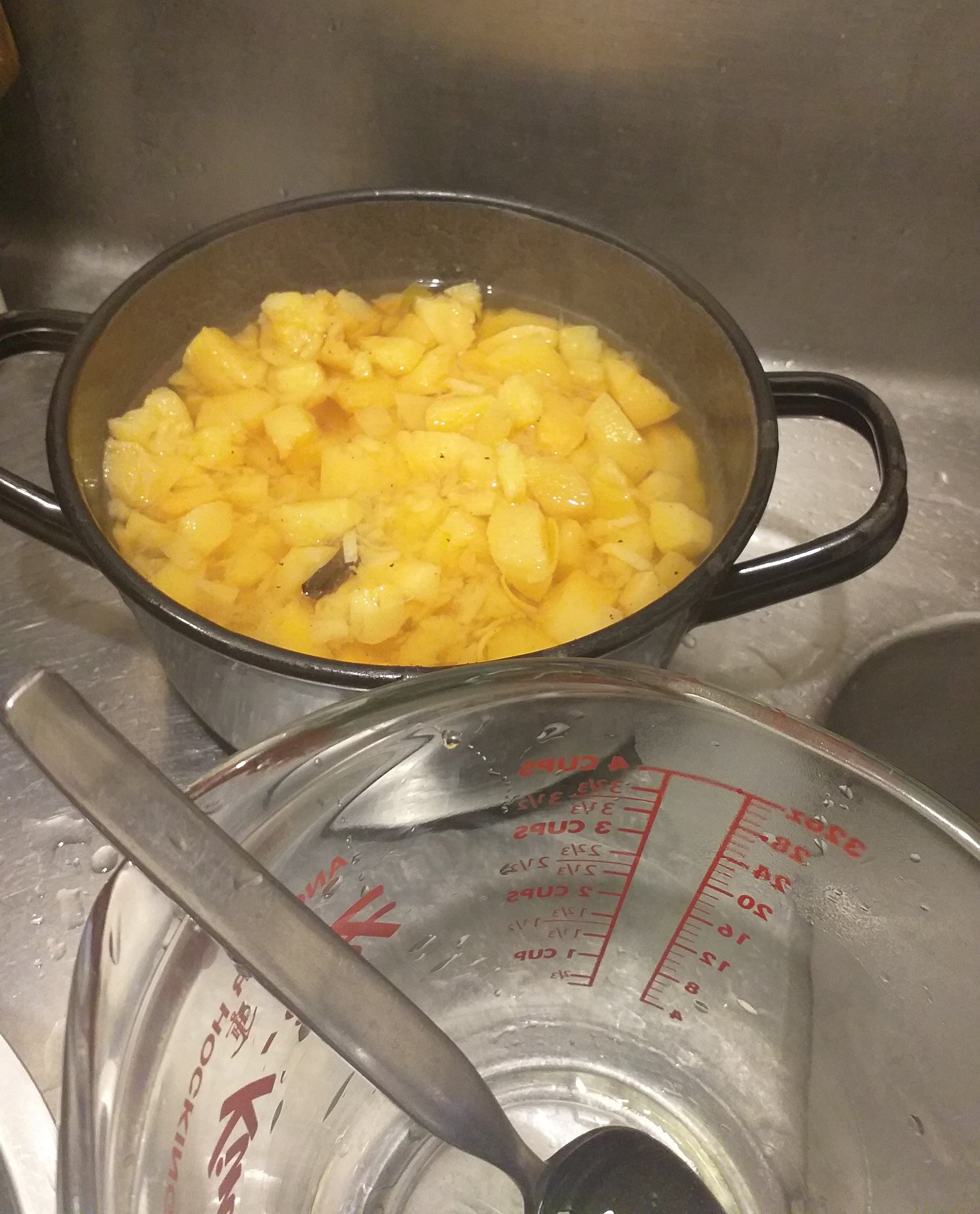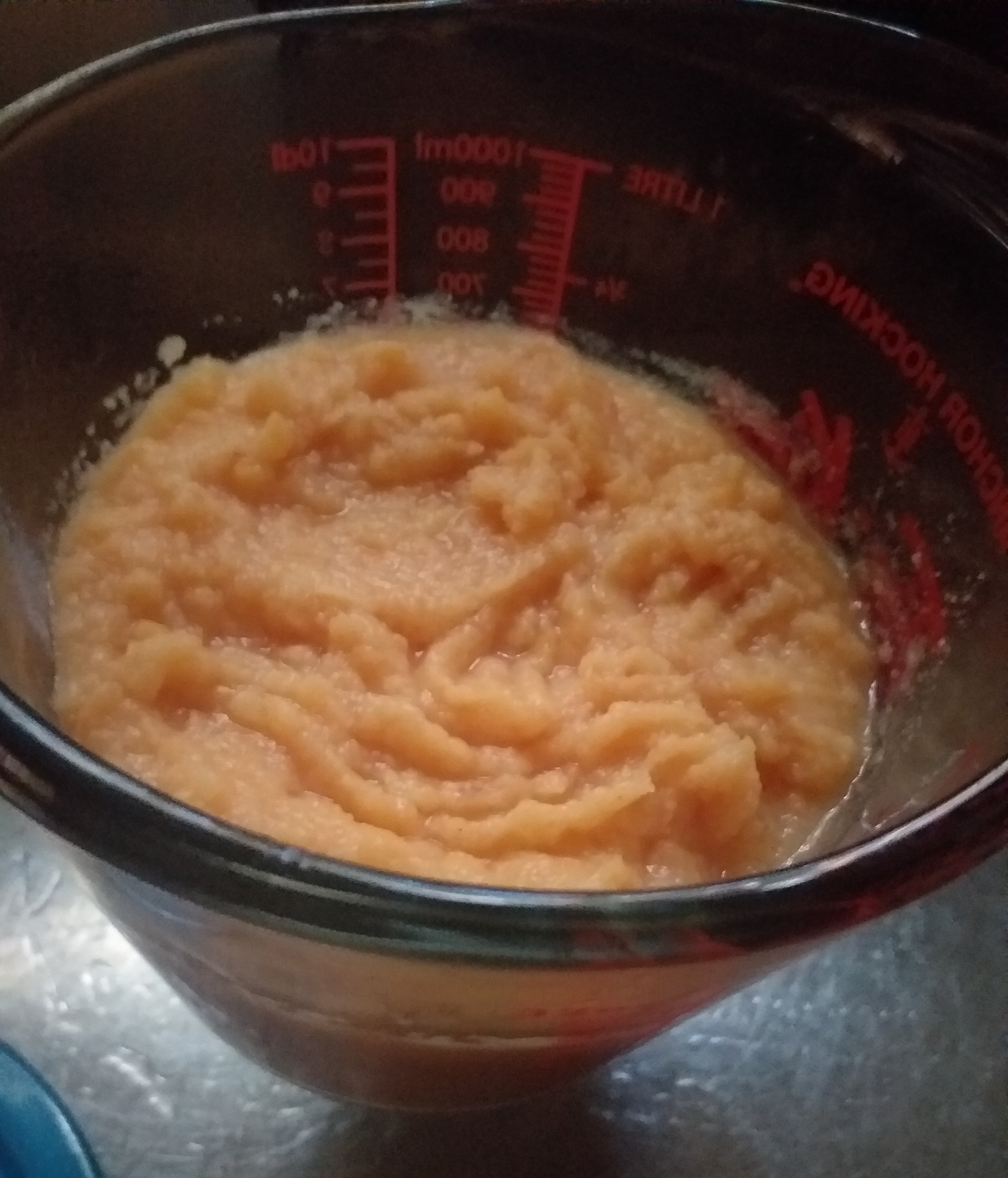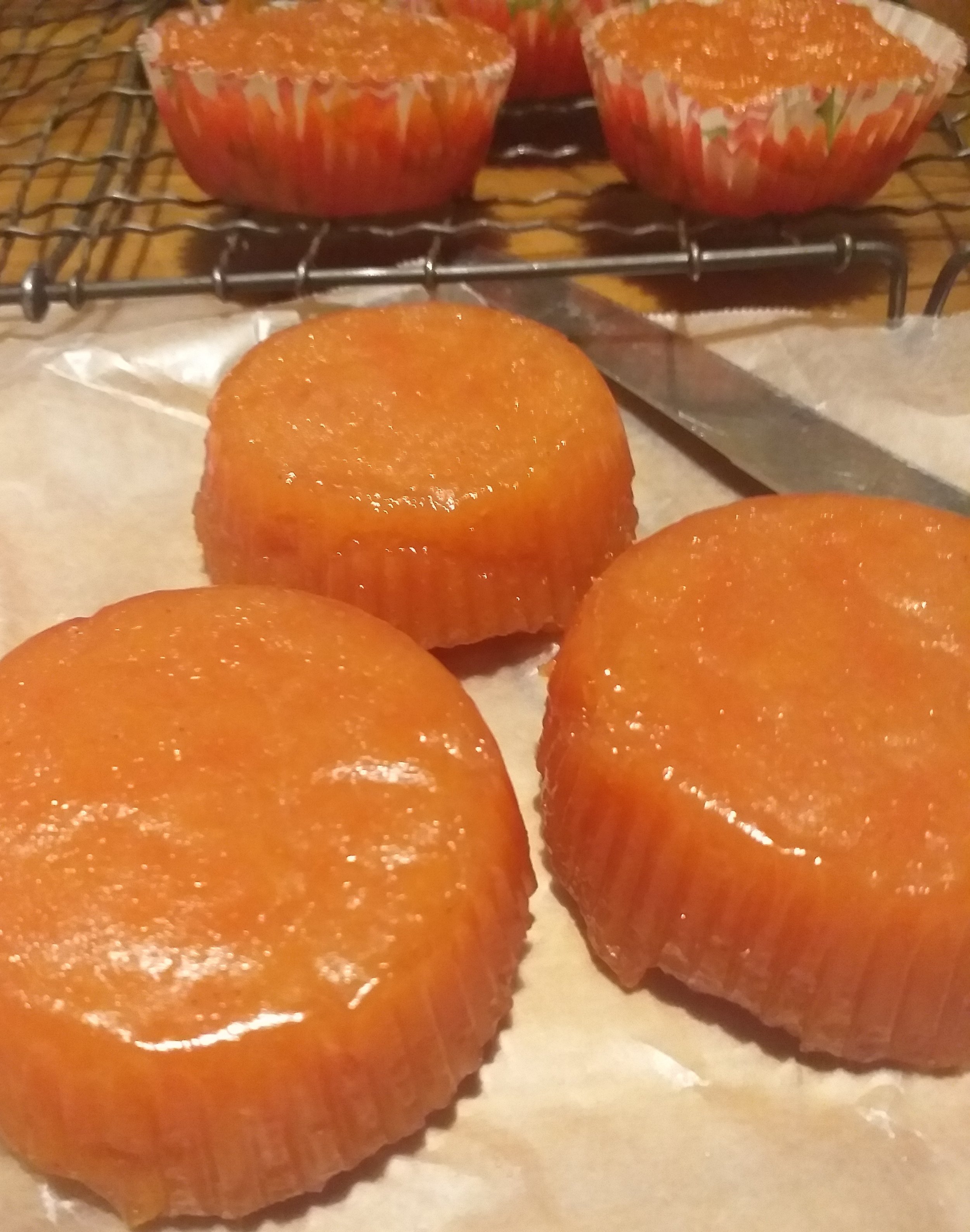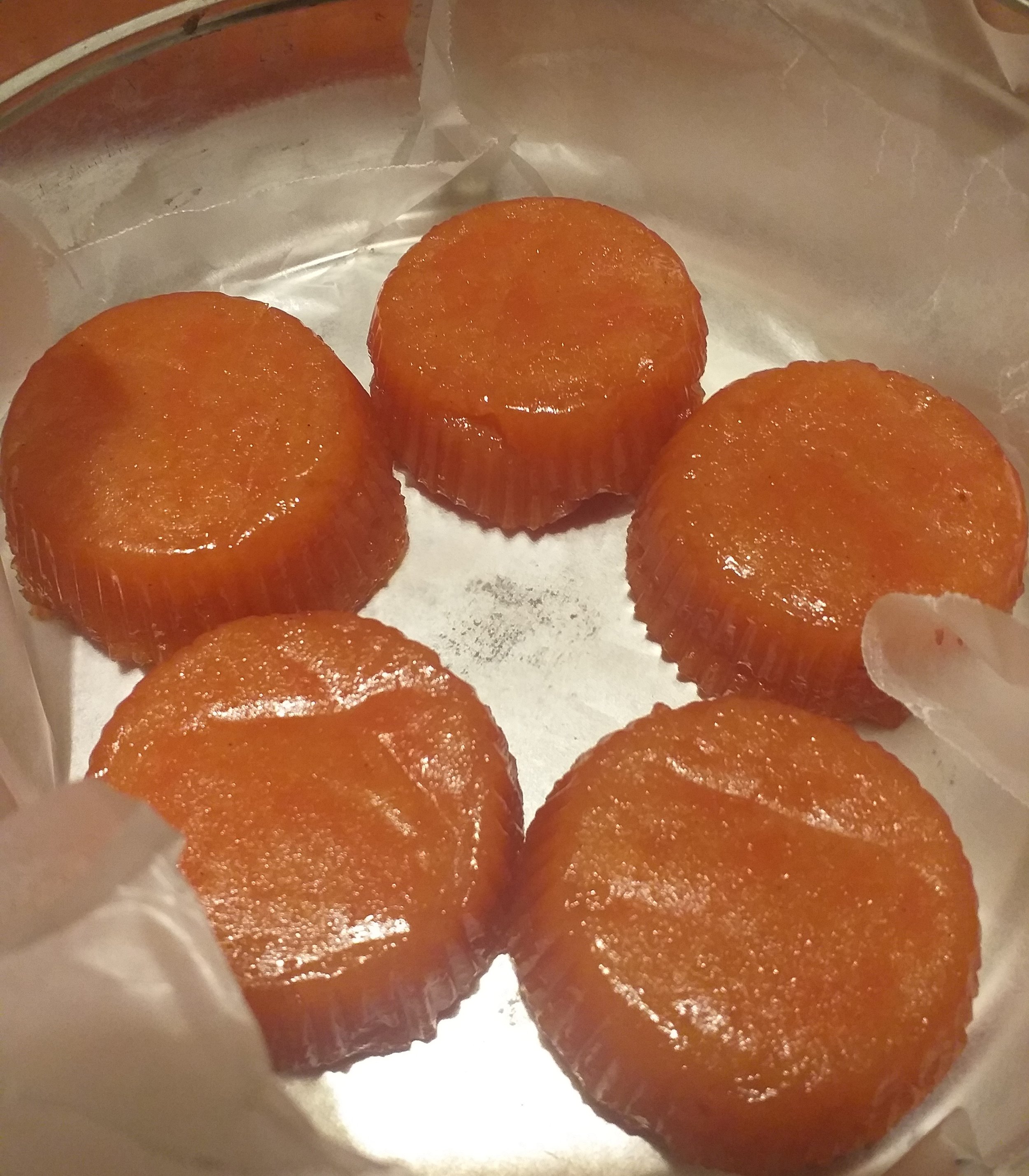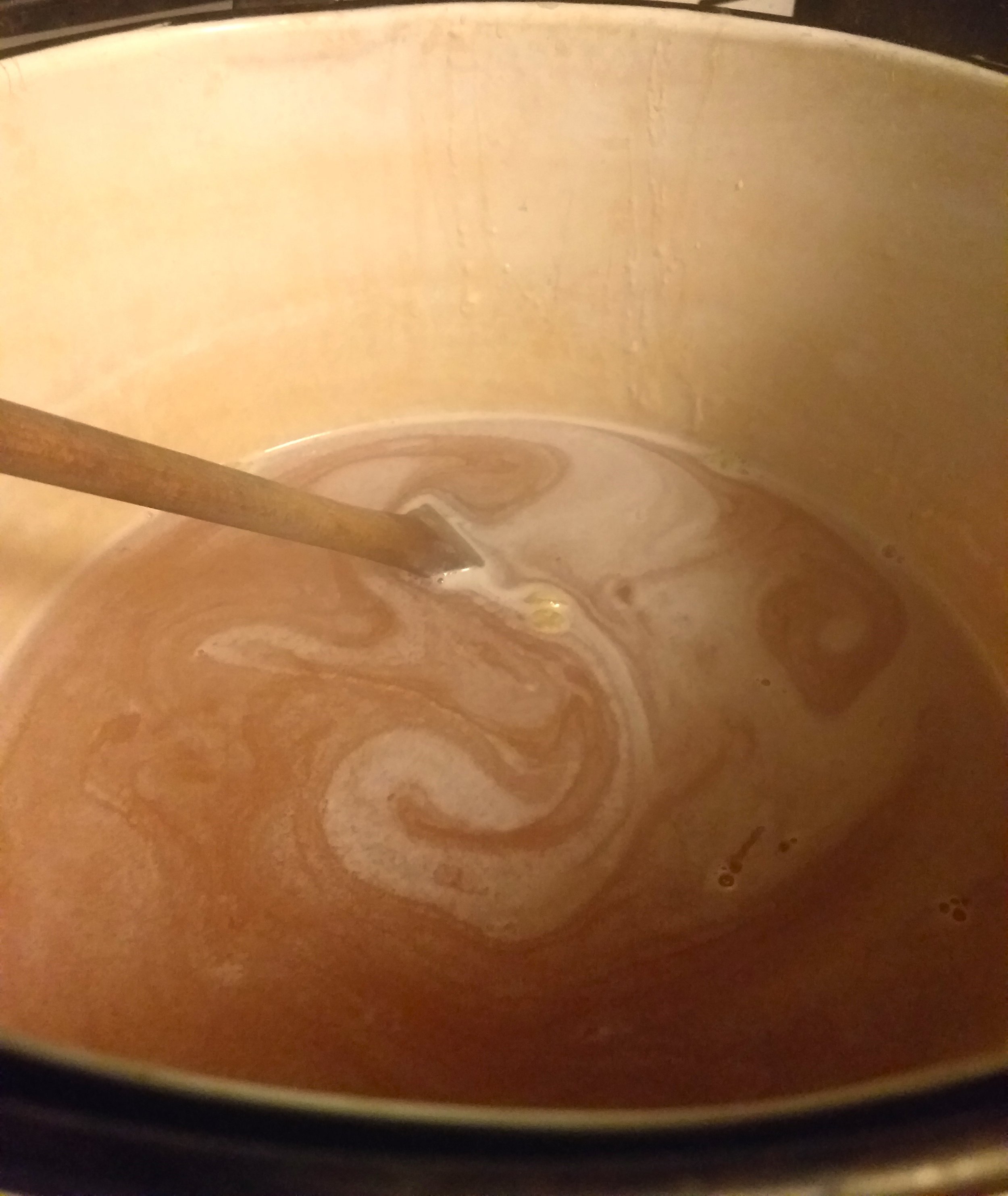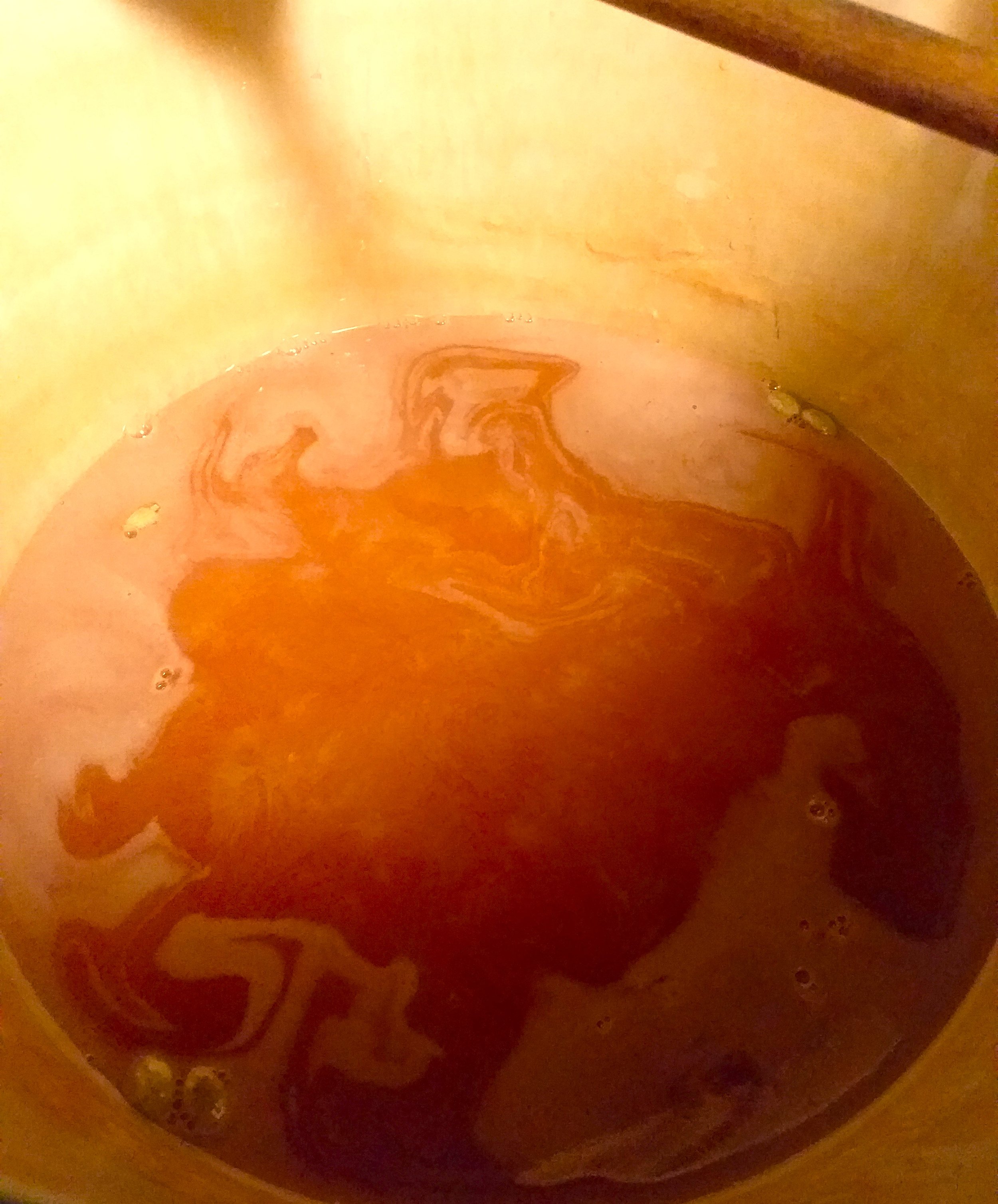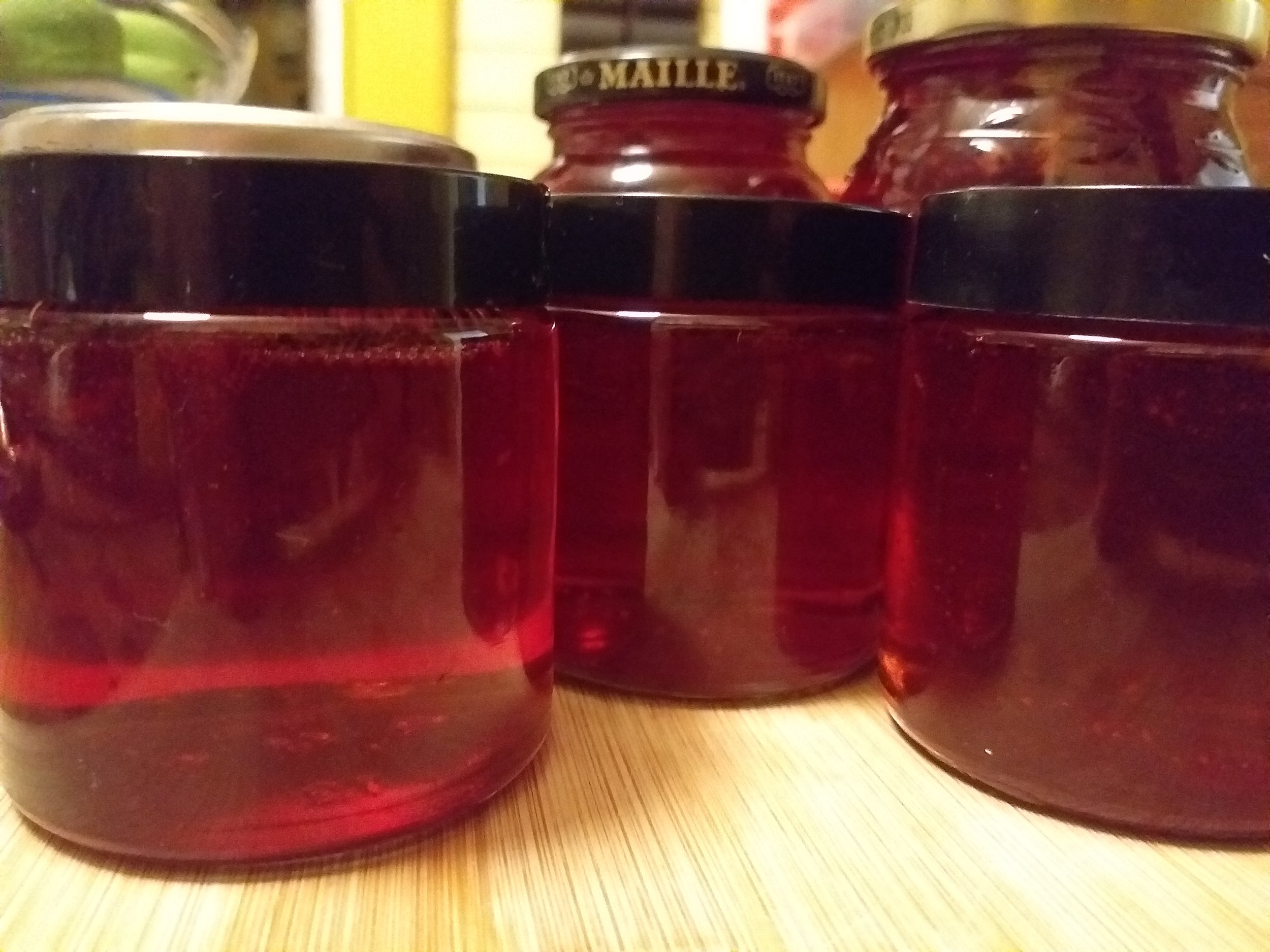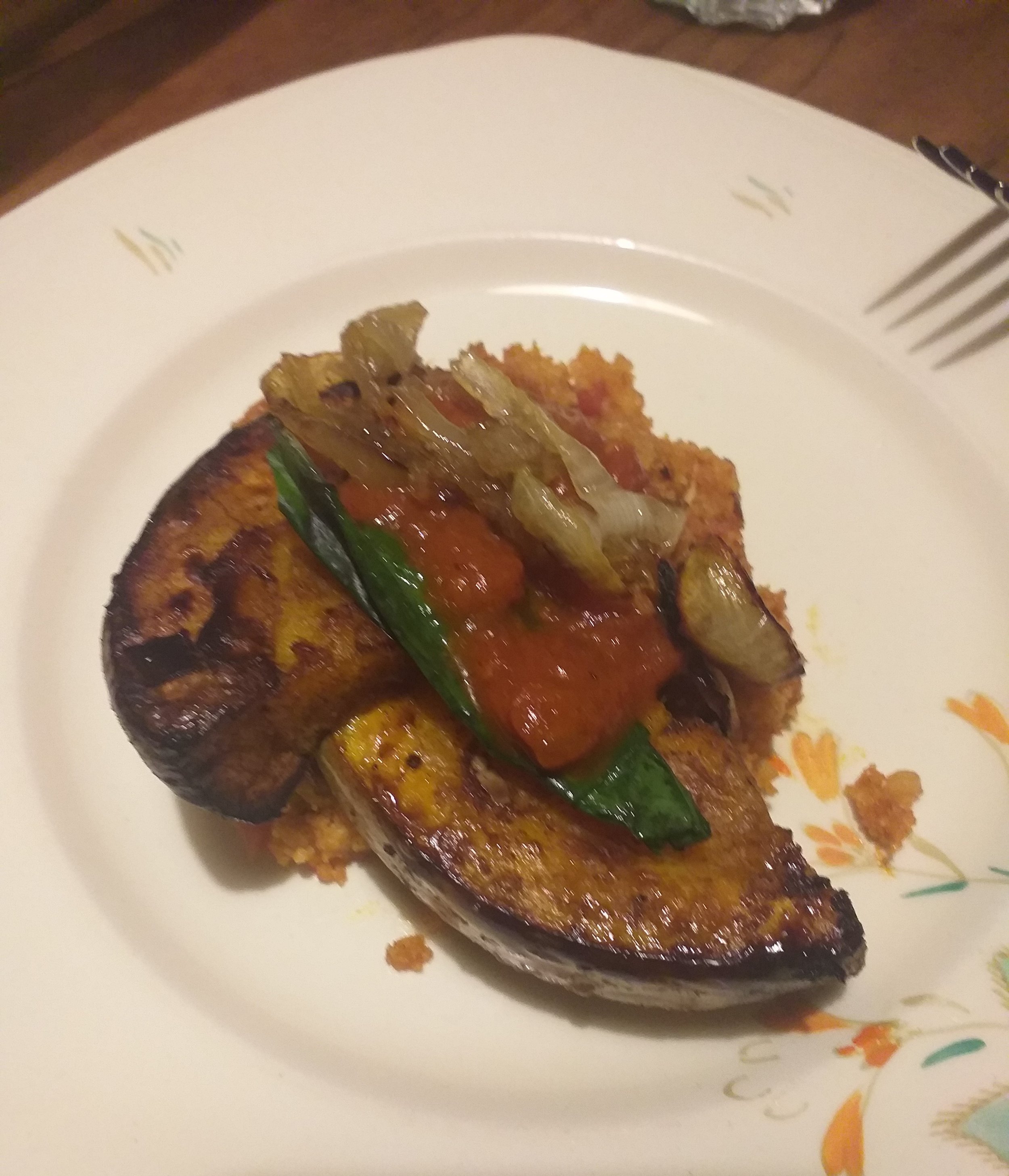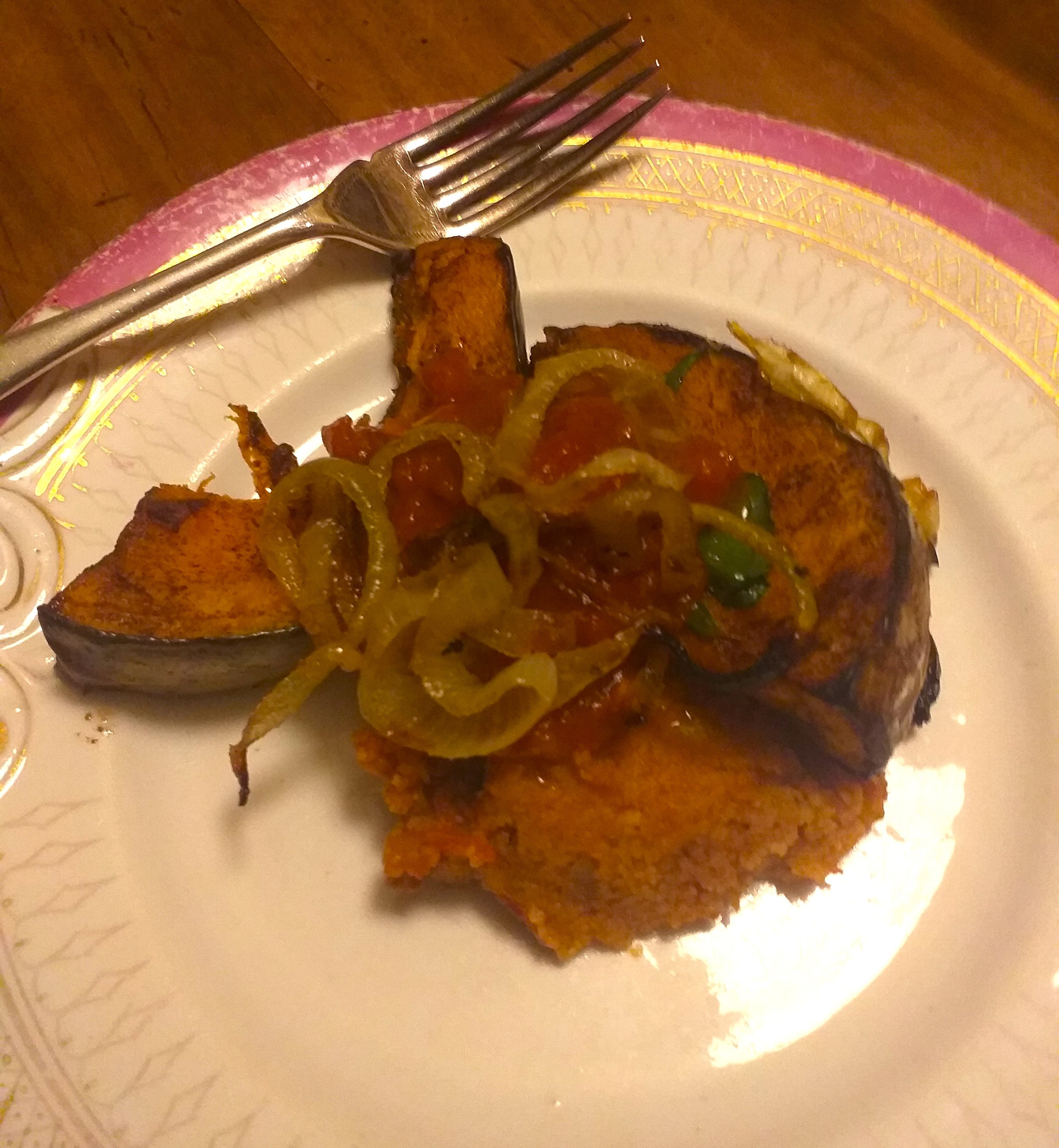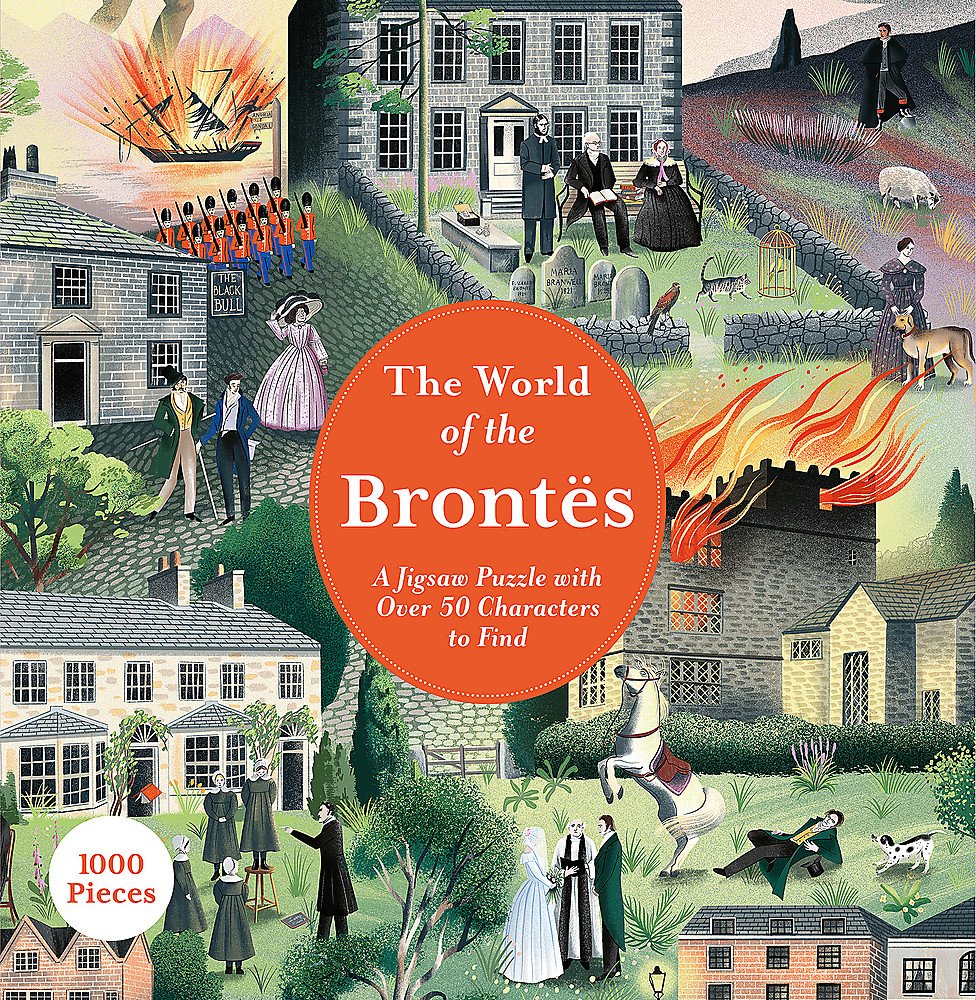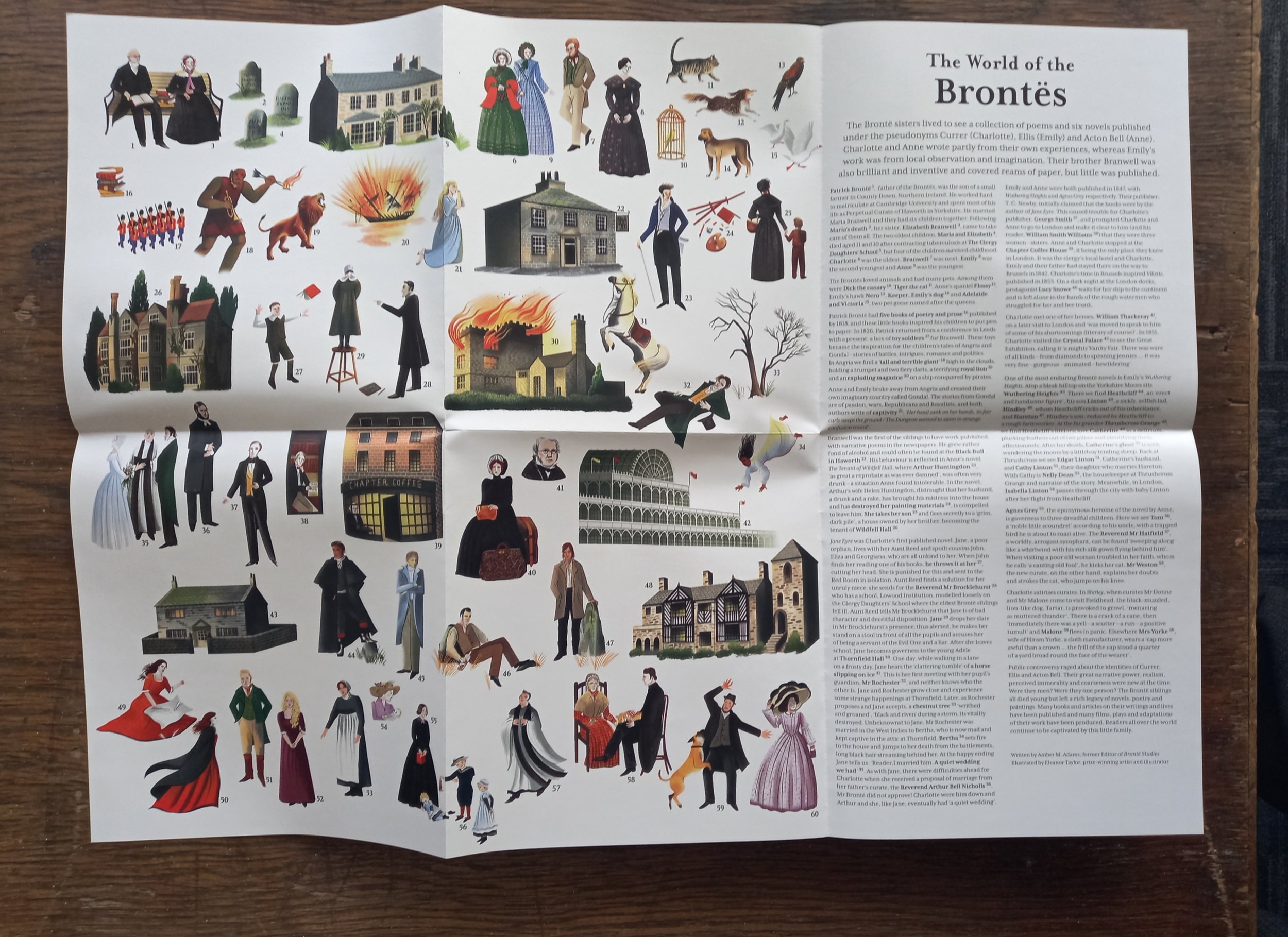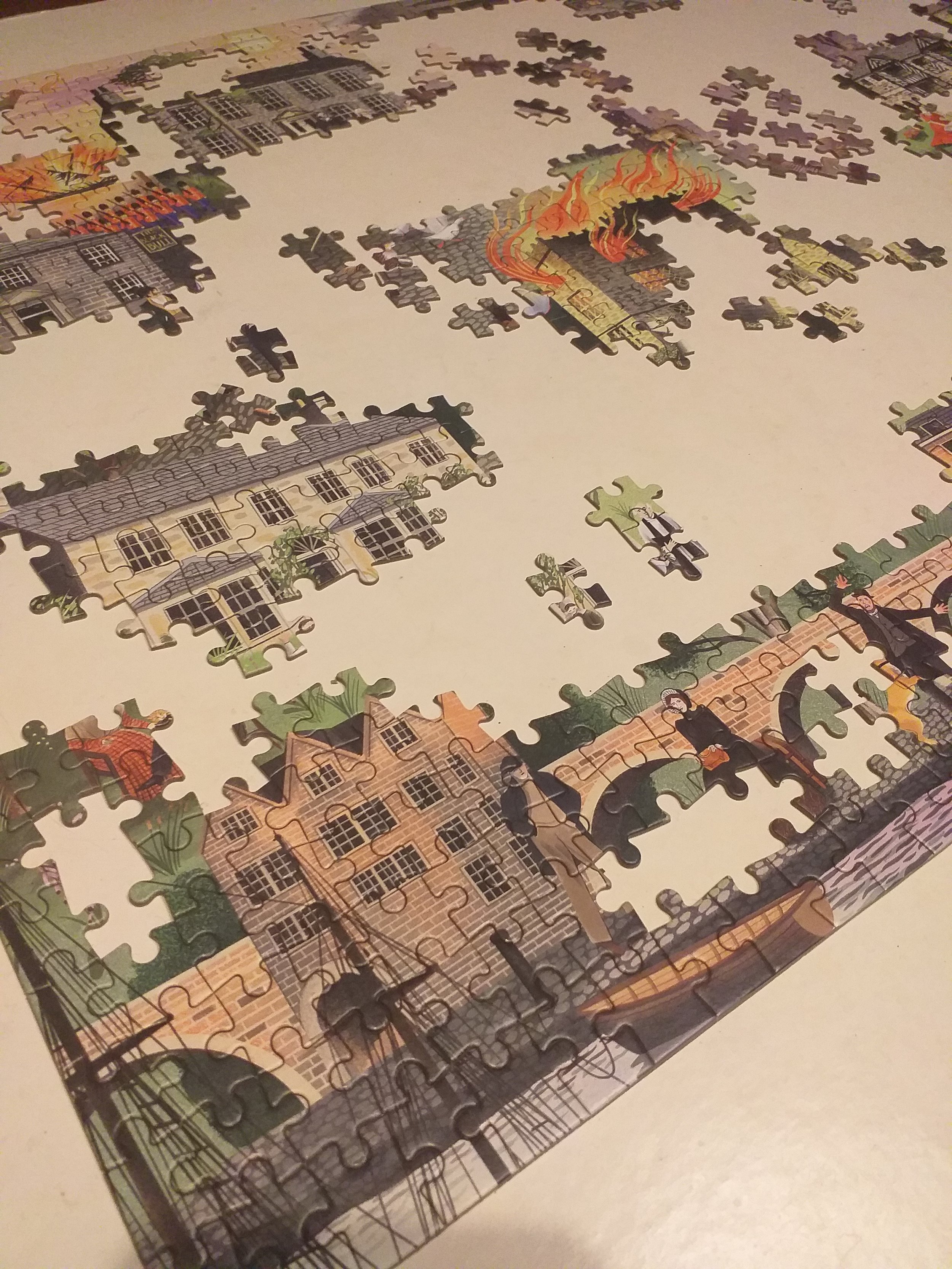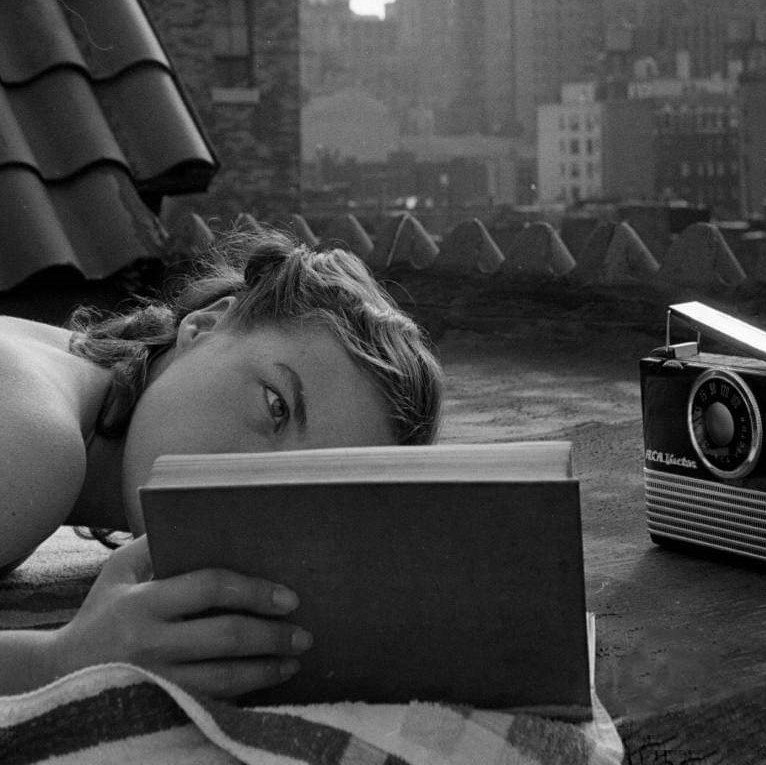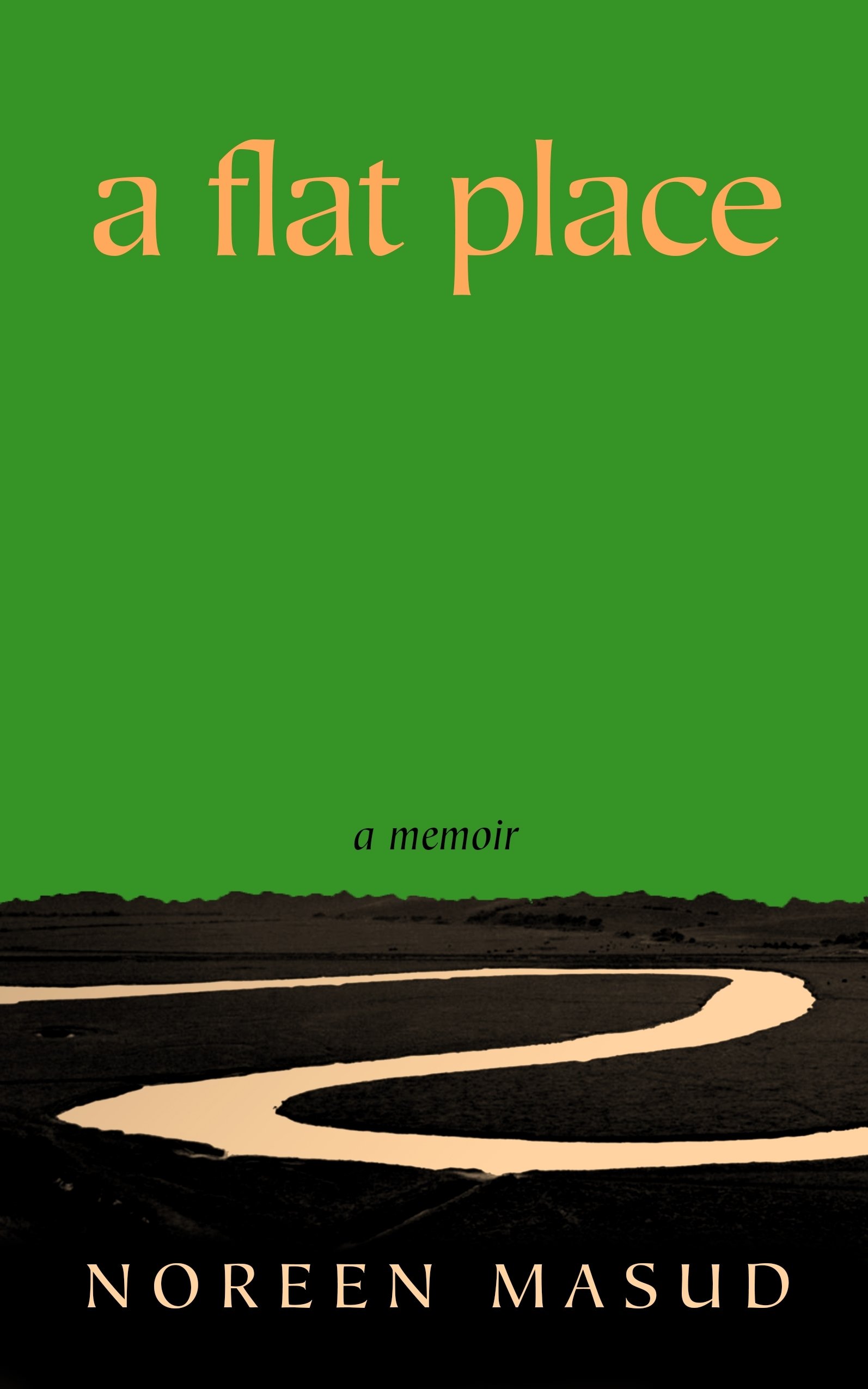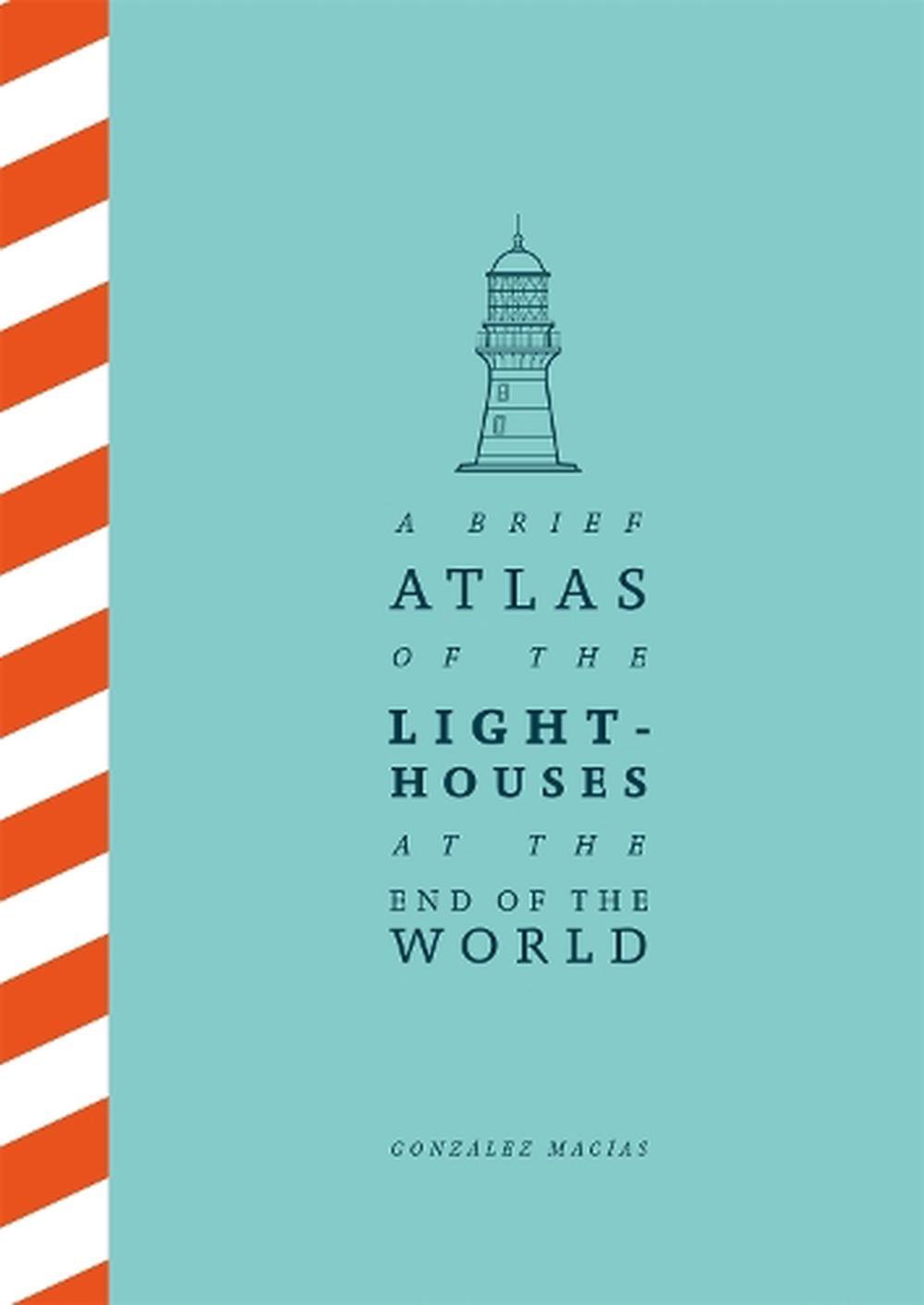Quince Philosopher
A kava bowl of quinces had been glowing beautifully in the living room, but now it was time to act. Recently I found some ancient jelly in the cupboard. Quince circa 2002. It looked fine, as in no mildewy mouldy stuff, but it’s incredibly dark red,in fact probably black. Consuming this doesn’t seem likely, but it did remind me how delcious quince jelly is. Saturday it rained. Perfect for hot work at the stove. Reaching for Kylee Newton’s The Modern Preserver revealed not only a lovely jelly recipe (Quince and Cardamom), but also Membrillo (paste). I had enough quinces for both, so grabbed a sharpish knife and some muscle power, and began. This was a two-day job, as the recipe required an overnight straining for the jelly liquid. (In fact, this wasn’t necessary, as most of the juice drained through almost at once.)
While the first batch was cooking, I flexed my muscles for the peeling and coring of the remaining quinces. This is when you need to focus on the end result! We once made Quince Paste for Christmas gifting and I remember it, rightly or wrongly, being quite a process. This Membrillo recipe included lemion peel and vanilla and smelt wonderful smimmering away gently. The quinces changed colour to a beautiful rich yellow, ready to whizz into that soft puree. And then it was back on the stove! And plenty of stirring. Making this again, I would cook the quinces for a bit longer in each stage. I stuck with the recipe timing, but whether it was the type of quince or our sluggish element, I didn’t quite capture the glowing red of the jelly as you will see below. Anyway the fruit was soft and the fragrance wonderful, and ready for the final slow slow bake in the oven. The tempature instruction being: your lowest possible setting!
Here I broke the rules a little, and spooned my puree into small paper cases, thinking they would make good serving sizes. And half a round is perfect for snack! (That lovely plate is made by Esther. @ceramicsbyesther). And the Membrillo is delicous. Definitely worth the effort.
And so to the next day’s work! The jam pan (inherited from my nana) came out of the bottom cupboard to do its hard work. More boiling and stirring! It required a stool nearby for resting. While the recipe indicated 20 minutes of gentle boiling (once the liquid had come to the boil), I almost doubled the time (possibly the result of our timid element) keeping a close eye on that terrible disappoinment called burning! (It didn’t burn.) I wanted a firm jelly, but not rubbery, and watching closely, testing frequently, and noting the changes in consistancy and colour, was worthwhile. I like this recipe. The cardamom is subtle and the small amount of lemon juice takes the edge off the sweetness, but not by much. The colour of quince jelly is divine. A glowingly satisfying result.
Postscript: We did eat dinner. It was a yellow theme. Pumpkin season. Hurrah for $4 Crowns!
This tasty dish from one of my favourite Ottolenghi’s: Flavour. Cinnamon, star anise, a little heat with chilli and black pepper, pumpkin and onions roasted, on a bed of tomato-infused couscous and layered with spinach from the garden. Perfect for autumn.
Every purchase of a cookbook from VOLUME during April goes in the draw to win a copy of Portico by Leah Koenig.

